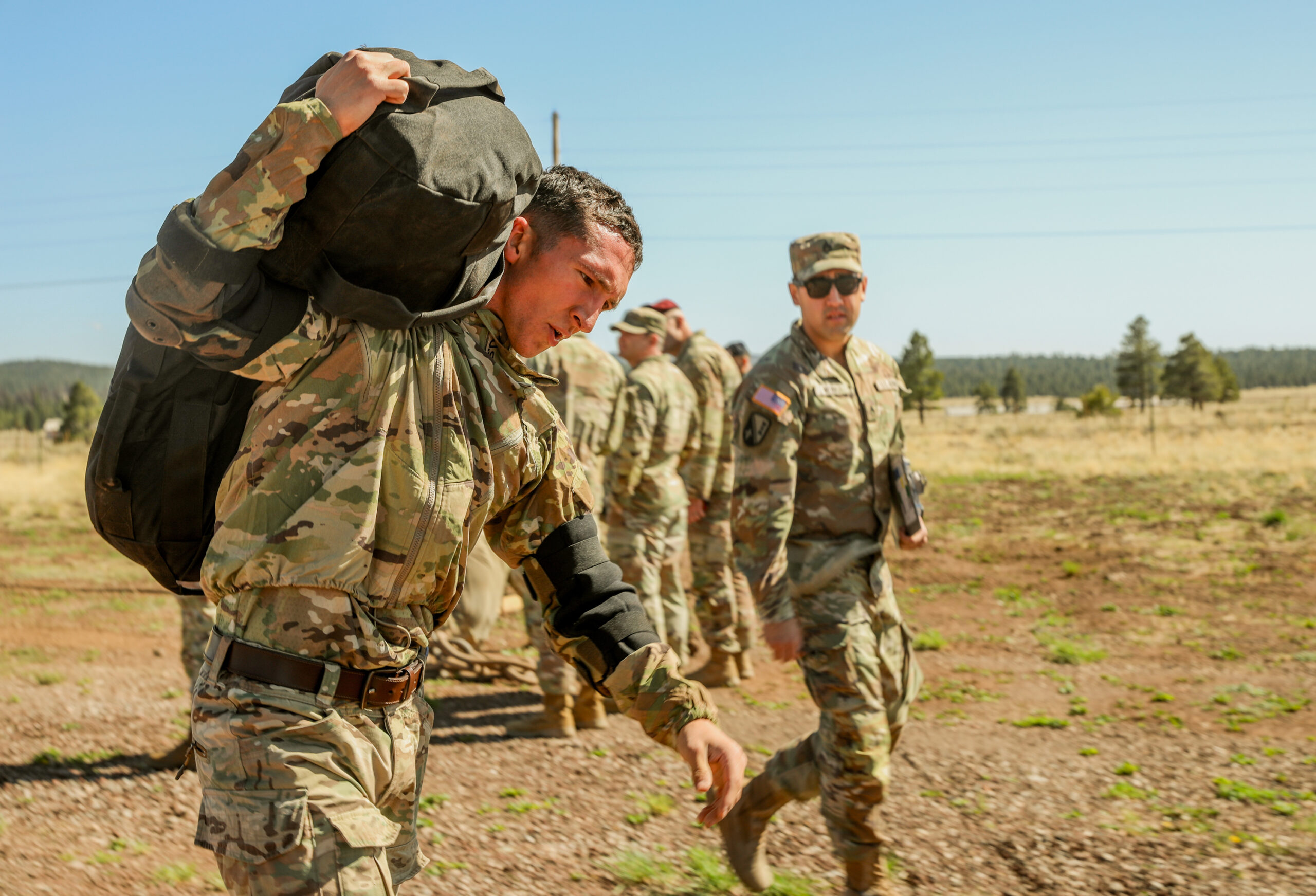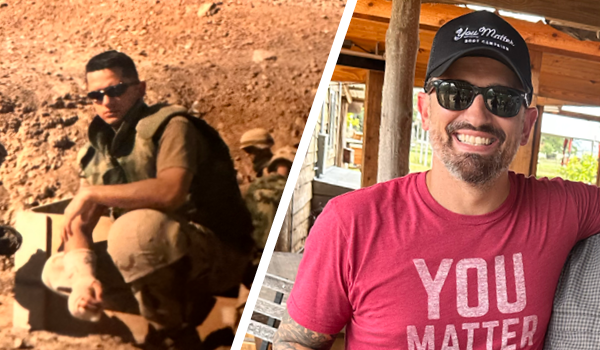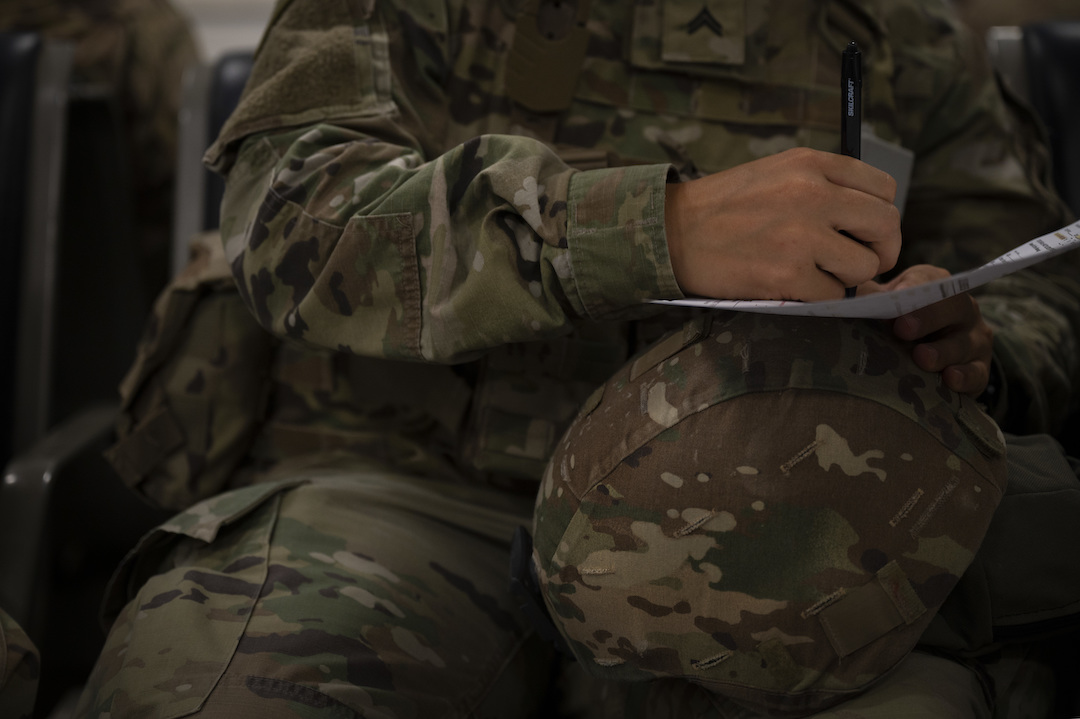Recent Headlines Spotlight Suicide Issue Among Active Duty Troops, Veterans

17.
22.
44.
Those are three of the most notable numbers that have been floating around the Veteran suicide awareness space for at least a decade. They represent a range of suicide deaths per day by those who have served. Despite studying the data available, some question if any of those numbers are truly accurate.
For us at Boot Campaign, the rate per day, no matter the true number is maddening because even one Veteran suicide a day is one too many.
The New York Times and USA Today have published three articles in recent months addressing the very issue. USA Today’s exclusive piece focused on death by suicide in those who are active duty stating, “U.S. soldiers were almost nine times more likely to die by suicide than by enemy fire, according to a Pentagon study.” The referenced study, published by the Defense Health Agency, found that suicide was the leading cause of death among active-duty soldiers from 2014-2019. The data examined by researchers is from a five year period ending five years ago, yet, just this year as of April 15, 2024, 139 service members have died by suicide according to the Defense Suicide Prevention Office.
The second news piece from The New York Times humanized the startling statistics by spotlighting the story of Austin Valley, a young active duty Army soldier who struggled with his mental health in service, attempted suicide while deployed and then completed the act once back home on U.S. soil. The black and white sub-headline of the piece reads, “Austin Valley’s death exposed the Army’s most urgent challenge: a suicide crisis among soldiers in peacetime.”
The third article, also from The New York Times, focused on the special operations community – Veteran U.S. Navy SEALs specifically – and the “distinctive damage from repeated blast exposures” found in the brains of those SEALs who died by suicide. These untimely suicide deaths of Veteran operators following decades of training and deployments highlights a desperate need for change.
Research has shown that Veterans are at 72% higher risk of suicide than those who haven’t served and suicide is the second leading cause of death in Veterans under the age of 45. Tough transitions, gaps in care, inadequate treatment and the overlying stigma still exist creating a perfect storm for those suffering.
Continuing challenges to change the trajectory of the suicide crisis in the active duty and Veteran population include the below and many more:
- Education and awareness of military personnel about quality mental health care and the importance of seeking help if needed
- Appropriate, adequate, personalized care while Active Duty
- Proper evaluation, equipment, rest and recovery when in training and down range
- Continuum of care while in service, following separation and/or retirement
- Individualized support through transition from the military to the civilian sector
- Routine and regular assessment, monitoring and intervention, if needed, by qualified, culturally competent professionals for the Veteran population
Seeing the bulleted list makes the issue seem simple. But, as we know, suicide and how to stave it off is so complex.
Scientific advances are astounding and we are learning more and more with each passing year about exposures and long-term effects on human bodies and brains that may lead to suicide ideation…but it feels, for so many, as if it’s too little, too late.
There is no one size fits all approach to mental health support and treatment and for us at Boot Campaign, we will continue to be proactive and provide individualized care by culturally competent professionals in a timely manner so that suicide doesn’t seem like the only option. Veterans who have reached out to Boot Campaign for help have shared their pain points and eventually what led them to our Health and Wellness program, Veterans like Harry McBrien.
Here’s how you can help and show those who serve(d) YOU MATTER:
- Become familiar with the signs of someone in crisis, such as hopelessness, anger, withdrawal or depression.
- Reach out. A simple text message or phone call could spur a needed connection.
- Stay in contact and set regular times to reconnect.
- Know and share crisis information when needed.
Together we can do more to show Veterans and every human what so many need to see, hear and feel — YOU MATTER. Today and every day. Always.
If you or someone you know is in crisis, contact the 988 Suicide and Crisis Lifeline by calling or texting 988 or visiting 988lifeline.org











